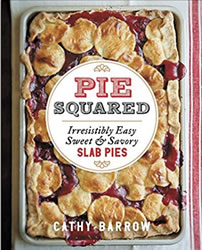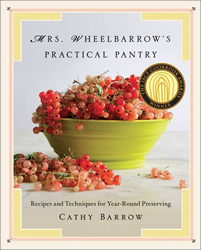from a local nursery’s facebook page:
Numerous questions about how much to water plants inspired me to post this old column of mine.. (Ed. note: I have no idea who the original author is. I want to hug them. What great information!)
Why isn’t watering simple? There are only two ways plants die from watering mistakes. They are either not getting enough or they are getting too much, yet watering problems are a frequent cause of plant loss.
Of the two, overwatering issues are harder to correct. If plants are suffering from lack of water and are not too far gone, they can often be rescued, but plants declining from overwatering can rarely be revived.
That said, rescuing a very dry plant might take more effort than just a good dousing. Extremely dry soil often resists rewetting, and water runs off instead of being absorbed into the root zone.
In containers, you can see that the potting soil has shrunken as it dries, pulling away from the sides and leaving a gap that allows water to run past and exit without wetting the roots. If the container is small enough, put the whole pot and plant into a tub or bucket of water, soaking until the potting soil has softened and absorbed plenty of water. Then place in a shady area, preferably sheltered from the breeze, for recovery, and you may be able to avoid loss of foliage or even marginal leaf scorch. If the entire plant goes crispy brown, it may still regenerate new growth from stems or even roots. This is not a guaranteed outcome but give it time.
Too many containers for this to be an option? Give the lot of them a good wetting sprinkle. Do it again in a couple of minutes. Check to see if soil is softening and expanding, and repeat if needed, before the true deep watering begins. Your clue is that gap between soil and the pot wall. When soil has absorbed enough of the water to close it, water has nowhere to go but downward into the root zone. Adding a handful of fresh potting soil to the top of the pot can also help create a shallow zone of absorption, especially later in the summer when roots may have completely filled the container.
For plants in the landscape, imitate these actions by sprinkling the ground a few times before a thorough watering is applied. This can be done with sprinklers for larger areas by turning them off and on for a few minutes at a time. For a single plant, set your hose to a good drip and lay it over the plant’s root zone for a few hours. Mulch is your friend for softening resistant soil and slowing run off.
Too far for a hose? You can do the “leaky bucket” trick. Any plastic container that is easy to carry and poke a small hole in will do. It looks tacky but the extended drip into the root zone is effective.
Have you ever heard that watering in the middle of the day will “burn” the leaves? If that were true, every tree in the forest and every plant on the roadside would be scorched, as many a summer day brings a brief midday rainstorm followed by hot sun. Water when you can. While many insist that evening watering can cause fungal issues from foliage staying wet all night, once again, if that were true, what are you supposed to do about dew? Morning can be best, but for the simple reason that night moisture has softened up the soil and water absorbs readily.
Midday watering can be a problem – when the gardener, alarmed by wilting leaves, believes it is warranted – when it isn’t! Wilting leaves can occur on many plants even when soil moisture is plentiful, if the day is hot and breezy. Those conditions pull moisture from the leaves faster than it can be replaced by the plant’s vascular system. Hydrangeas are notorious for midday wilt, and anxious gardeners pour the water to them, only to see them wilt again the next day, inciting another dose of water. The result is rotting roots, and as the roots rot, they can no longer supply water to the plant, so it droops further, and yep, more water is applied until the plant is irretrievably doomed. ALWAYS feel the soil to see if it is still moist and water again ONLY when begins to feel dry… but don’t let it get bone dry!
Oh, and those polyacrylamide crystals hydro-gel products? There are several risks for detrimental impact to the plant and to the environment, plus results have been variable. Mulching is still your best option for conserving soil moisture.










